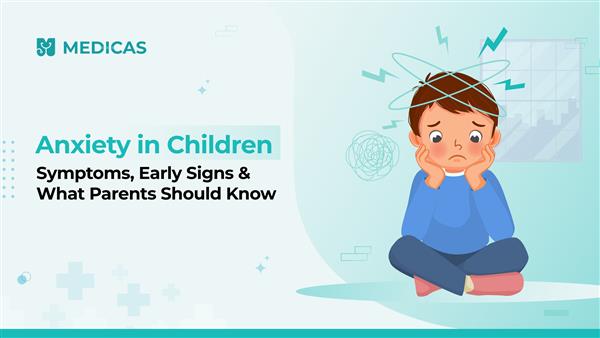Anxiety is a natural emotion, but when it becomes frequent and overwhelming in children, it may signal an anxiety disorder. Many parents confuse these symptoms with simple mood changes, yet recognizing the difference is vital for a child’s mental and emotional well-being.
Children with anxiety may show emotional symptoms such as excessive worry, irritability, or crying spells. Physical signs like stomachaches, headaches, rapid heartbeat, and fatigue are also common. Behaviorally, they may avoid school, refuse certain activities, or constantly seek reassurance. Separation anxiety, clinginess, and changes in sleep or eating patterns can further indicate a deeper concern.
The causes of anxiety in children can range from genetics and family history to environmental stressors such as moving homes, school transitions, or family conflicts. Even positive life changes may trigger worry in sensitive children. Importantly, symptoms can differ with age—young children often show physical complaints, while older ones may express fear about academics or social acceptance.
If left unaddressed, anxiety can affect academic performance, relationships, and confidence. Parents can help by creating a calm environment, listening without judgment, and teaching coping skills like deep breathing or mindfulness. However, when anxiety disrupts daily life, professional help is essential. Therapies such as cognitive-behavioral therapy (CBT), lifestyle changes, and sometimes medication are effective options.
Early recognition and support can transform a child’s journey with anxiety. Parents who stay alert to these early signs play a powerful role in ensuring their child grows with resilience and emotional strength.





Comments